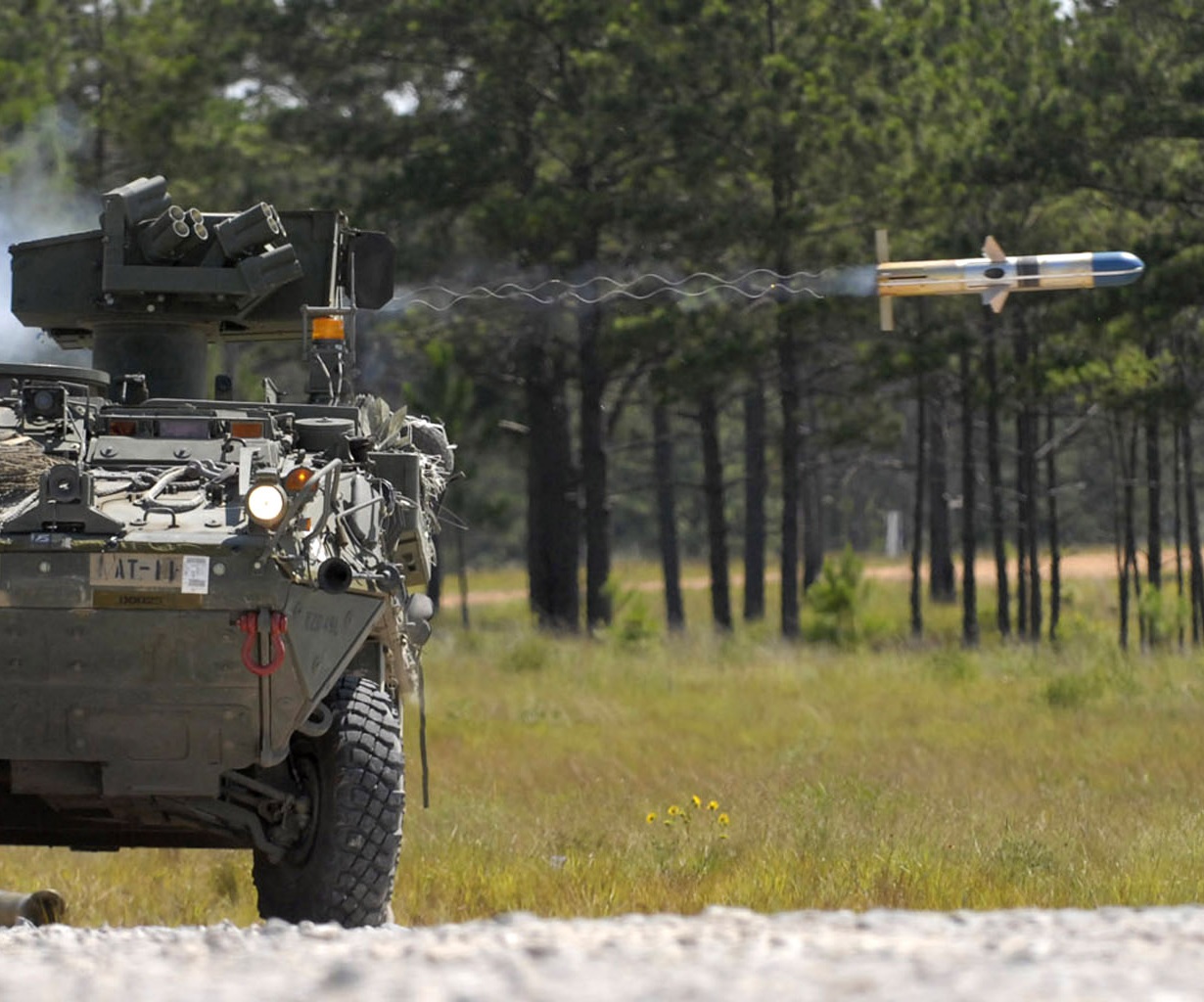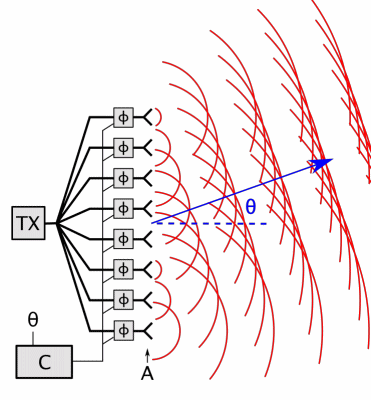|
UGST Torpedo
Type 53 is the common name for a family of 53 cm (21 inch) torpedoes manufactured in Russia, starting with the 53-27 torpedo and continuing to the modern UGST (Fizik-1), which is being replaced by the Futlyar. With the exception of the UGST which uses Mark 48 style monopropellants, Soviet 53 cm torpedoes generally use electric power (since middle of World War II), or kerosene mixed with various oxidizers for propulsion. Russian torpedoes are often named descriptively for their characteristics – examples include "acoustic homing" or "electric torpedo", all in Russian acronyms. History Early history Model 53-27 (1927) with of TNT was developed domestically in the so-called , and it had a poor range at . In 1932 USSR bought in Italy several types of torpedoes, and the model of Whitehead plant in Fiume (in the Soviet Union it was designated 53F) was considered superior. After adapting several features from the latter in unsuccessful 53-36 the decision was made to copy ... [...More Info...] [...Related Items...] OR: [Wikipedia] [Google] [Baidu] |
Torpedoes Of Russia
A modern torpedo is an underwater ranged weapon launched above or below the water surface, self-propelled towards a target, and with an explosive warhead designed to detonate either on contact with or in proximity to the target. Historically, such a device was called an automotive, automobile, locomotive, or fish torpedo; colloquially a ''fish''. The term ''torpedo'' originally applied to a variety of devices, most of which would today be called mines. From about 1900, ''torpedo'' has been used strictly to designate a self-propelled underwater explosive device. While the 19th-century battleship had evolved primarily with a view to engagements between armored warships with large-caliber guns, the invention and refinement of torpedoes from the 1860s onwards allowed small torpedo boats and other lighter surface vessels, submarines/submersibles, even improvised fishing boats or frogmen, and later light aircraft, to destroy large ships without the need of large guns, though some ... [...More Info...] [...Related Items...] OR: [Wikipedia] [Google] [Baidu] |
Turbine
A turbine ( or ) (from the Greek , ''tyrbē'', or Latin ''turbo'', meaning vortex) is a rotary mechanical device that extracts energy from a fluid flow and converts it into useful work. The work produced by a turbine can be used for generating electrical power when combined with a generator.Munson, Bruce Roy, T. H. Okiishi, and Wade W. Huebsch. "Turbomachines." Fundamentals of Fluid Mechanics. 6th ed. Hoboken, NJ: J. Wiley & Sons, 2009. Print. A turbine is a turbomachine with at least one moving part called a rotor assembly, which is a shaft or drum with blades attached. Moving fluid acts on the blades so that they move and impart rotational energy to the rotor. Early turbine examples are windmills and waterwheels. Gas, steam, and water turbines have a casing around the blades that contains and controls the working fluid. Credit for invention of the steam turbine is given both to Anglo-Irish engineer Sir Charles Parsons (1854–1931) for invention of the reaction turbine, and to ... [...More Info...] [...Related Items...] OR: [Wikipedia] [Google] [Baidu] |
Torpedo SET-40 SET65 Kaliningrad 20190801
A modern torpedo is an underwater ranged weapon launched above or below the water surface, self-propelled towards a target, and with an explosive warhead designed to detonate either on contact with or in proximity to the target. Historically, such a device was called an automotive, automobile, locomotive, or fish torpedo; colloquially a ''fish''. The term ''torpedo'' originally applied to a variety of devices, most of which would today be called mines. From about 1900, ''torpedo'' has been used strictly to designate a self-propelled underwater explosive device. While the 19th-century battleship had evolved primarily with a view to engagements between armored warships with large-caliber guns, the invention and refinement of torpedoes from the 1860s onwards allowed small torpedo boats and other lighter surface vessels, submarines/submersibles, even improvised fishing boats or frogmen, and later light aircraft, to destroy large ships without the need of large guns, though some ... [...More Info...] [...Related Items...] OR: [Wikipedia] [Google] [Baidu] |
Propeller
A propeller (colloquially often called a screw if on a ship or an airscrew if on an aircraft) is a device with a rotating hub and radiating blades that are set at a pitch to form a helical spiral which, when rotated, exerts linear thrust upon a working fluid such as water or air. Propellers are used to pump fluid through a pipe or duct, or to create thrust to propel a boat through water or an aircraft through air. The blades are specially shaped so that their rotational motion through the fluid causes a pressure difference between the two surfaces of the blade by Bernoulli's principle which exerts force on the fluid. Most marine propellers are screw propellers with helical blades rotating on a propeller shaft (ship), propeller shaft with an approximately horizontal axis. History Early developments The principle employed in using a screw propeller is derived from sculling. In sculling, a single blade is moved through an arc, from side to side taking care to keep presenting the ... [...More Info...] [...Related Items...] OR: [Wikipedia] [Google] [Baidu] |
Wire Guidance
A wire-guided missile is a missile that is guided by signals sent to it via thin wires connected between the missile and its guidance mechanism, which is located somewhere near the launch site. As the missile flies, the wires are reeled out behind it (command guidance). This guidance system is most commonly used in anti-tank missiles, where its ability to be used in areas of limited line-of-sight make it useful, while the range limit imposed by the length of the wire is not a serious concern. The longest range wire-guided missiles in current use are limited to about . History Electrical wire guidance dates back to the early 20th century with an early example being the Lay Torpedo. A prototype ground-based electrical wire-guided torpedo was built by the Germans during World War II. The pair of deployed German guided air-delivered ordnance designs, the Fritz X and Henschel Hs 293, both used the ''Kehl-Straßburg'' radio guidance system for control. However, because the Briti ... [...More Info...] [...Related Items...] OR: [Wikipedia] [Google] [Baidu] |
Active Sonar
Sonar (sound navigation and ranging or sonic navigation and ranging) is a technique that uses sound propagation (usually underwater, as in submarine navigation) to navigate, measure distances (ranging), communicate with or detect objects on or under the surface of the water, such as other vessels. "Sonar" can refer to one of two types of technology: ''passive'' sonar means listening for the sound made by vessels; ''active'' sonar means emitting pulses of sounds and listening for echoes. Sonar may be used as a means of acoustic location and of measurement of the echo characteristics of "targets" in the water. Acoustic location in air was used before the introduction of radar. Sonar may also be used for robot navigation, and SODAR (an upward-looking in-air sonar) is used for atmospheric investigations. The term ''sonar'' is also used for the equipment used to generate and receive the sound. The acoustic frequencies used in sonar systems vary from very low (infrasonic) to extrem ... [...More Info...] [...Related Items...] OR: [Wikipedia] [Google] [Baidu] |
Phased Array
In antenna theory, a phased array usually means an electronically scanned array, a computer-controlled array of antennas which creates a beam of radio waves that can be electronically steered to point in different directions without moving the antennas. In a simple array antenna, the radio frequency current from the transmitter is fed to multiple individual antenna elements with the proper phase relationship so that the radio waves from the separate elements combine ( superpose) to form beams, to increase power radiated in desired directions and suppress radiation in undesired directions. In a phased array, the power from the transmitter is fed to the radiating elements through devices called ''phase shifters'', controlled by a computer system, which can alter the phase or signal delay electronically, thus steering the beam of radio waves to a different direction. Since the size of an antenna array must extend many wavelengths to achieve the high gain needed for narrow bea ... [...More Info...] [...Related Items...] OR: [Wikipedia] [Google] [Baidu] |
Wake Homing
Wake homing is a torpedo guidance technique based on the wake trajectory left behind a moving target. The torpedo is fired to cross behind the stern of the target ship, through the wake. As it does so, it uses sonar to look for changes in the water caused by the passage of the ship, such as small air bubbles. When these are detected, the torpedo turns toward the ship. It then follows a zig-zag course, turning when it detects the outer edge of the wake, to keep itself in the wake while moving forward. This will eventually bring it to the stern of the ship, where its warhead can do the most damage to propulsion and steering. Advantages and disadvantages The system is difficult to jam, but it can be distracted by other ships crossing the wake. In 2013, the US Navy tested prototypes of a system known as the Countermeasure Anti-Torpedo (CAT), which had been designed to intercept and destroy the incoming torpedo. Deployment of the system did not proceed as planned due to performan ... [...More Info...] [...Related Items...] OR: [Wikipedia] [Google] [Baidu] |
Axial Engine
Axial engines (sometimes known as barrel or Z-crank engines) are a type of reciprocating engine A reciprocating engine, also often known as a piston engine, is typically a heat engine that uses one or more reciprocating pistons to convert high temperature and high pressure into a rotating motion. This article describes the common featu ... with pistons arranged around an output shaft with their axes parallel to the shaft. Barrel refers to the cylindrical shape of the cylinder group (result of the pistons being spaced evenly around the central crankshaft and aligned parallel to the crankshaft axis) whilst the Z-crank alludes to the shape of the crankshaft. The key advantage of the axial design is that the cylinders are arranged in parallel around the output/crank shaft in contrast to radial and inline engines, both types having cylinders at right angles to the shaft. As a result, it is a very compact, cylindrical engine, allowing variation in compression ratio of the engine w ... [...More Info...] [...Related Items...] OR: [Wikipedia] [Google] [Baidu] |
High-test Peroxide
High-test peroxide (HTP) is a highly concentrated (85 to 98%) solution of hydrogen peroxide, with the remainder consisting predominantly of water. In contact with a catalyst, it decomposes into a high-temperature mixture of steam and oxygen, with no remaining liquid water. It was used as a propellant of HTP rockets and torpedoes, and has been used for high-performance vernier engines. Properties Hydrogen peroxide works best as a propellant in extremely high concentrations (roughly over 70%). Although any concentration of peroxide will generate some hot gas (oxygen plus some steam), at concentrations above approximately 67%, the heat of decomposing hydrogen peroxide becomes large enough to completely vaporize all the liquid at standard pressure. This represents a safety and utilization turning point, since decomposition of any concentration above this amount is capable of transforming the liquid entirely to heated gas (the higher the concentration, the hotter the resulting gas). Thi ... [...More Info...] [...Related Items...] OR: [Wikipedia] [Google] [Baidu] |






_mit_Kielwasser.jpg)
